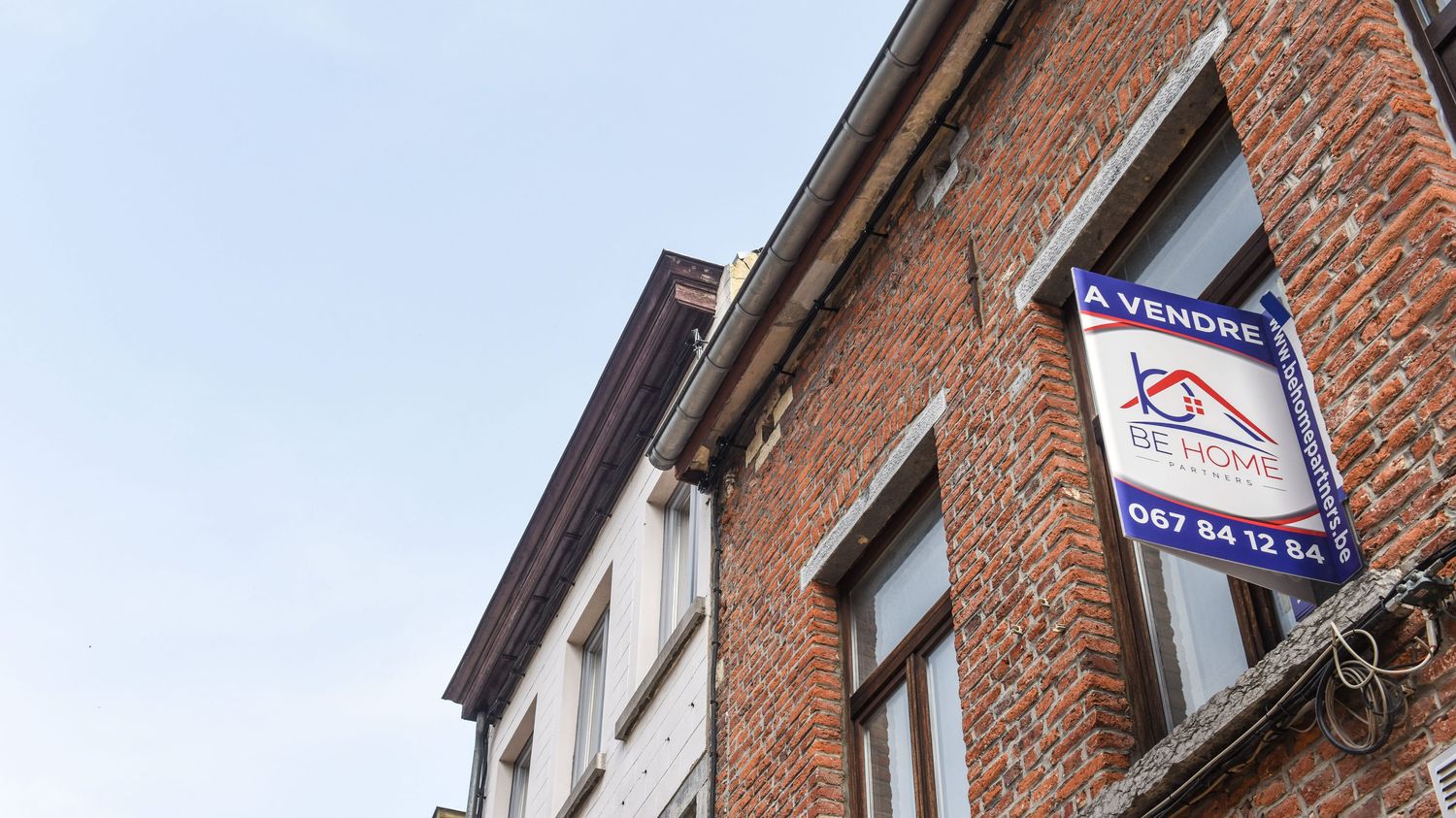INSEE indicated on Tuesday that more than 8% of French housing is currently vacant. This is 60% more than 30 years ago.
Published
Reading time: 2 min

More than 3 million housing units are vacant in France, indicates INSEE on Tuesday January 16. More than 8% of total housing. A figure which has increased by 60% over the last 30 years as we increasingly talk about the difficulties of the French in finding housing. The problem is that supply doesn’t really match demand. The map of vacant housing follows the sociology of France. Over the past 30 years, housing that remains uninhabited is most often in small towns or cities, away from the most attractive and touristy areas. Where the population stagnates, declines or ages.
The departments most affected are those in central France, and part of Lorraine as well: this is where the number of vacant housing is increasing the fastest. We can no longer count the number of towns and sub-prefectures where the main streets are adorned with multiple for sale signs.
Apartments more up to standard, the flight from city centers
In Clamecy, in Nièvre, practically one in three homes is unoccupied. Mélina Hudan, real estate agent, explains the reasons for this phenomenon. “People who visit apartments tell us that what they see is scary, with a lot of aging housing that is no longer up to standard. There are not necessarily the investors across the street to buy and do the necessary work, she explains. It is not necessarily in this sector that we think of investing, since the dynamics at the work level are a little complicated. That’s why there are a lot of vacant properties.”
In the most attractive large cities, the number of vacant homes is also increasing but less quickly. They are 5% in the Nantes metropolitan area and almost 8% in that of Grenoble, a figure close to the national average. The population is increasing, however, but the most recent generations want space and are leaving city centers for the outskirts.
The efforts of public authorities on renovation are not enough
Result: many of these municipalities have more and more vacant housing, despite the efforts of public authorities to bring the population back to city centers. Marie-Noëlle Lienemann, twice Minister of Housing in the 1990s, delivers her analysis. “We had planned housing improvement operations where we renovated the apartments. The problem is that, precisely, the surrounding urban environment has not been sufficiently modified. As a result, the apartments have become very quickly become unattractive and people no longer want to go there.”
After the carrot, the stick now exists: a tax on vacant housing in tense areas. Since January 1, the area eligible for the tax has tripled. Now, 45% of housing is part of these tense areas.
